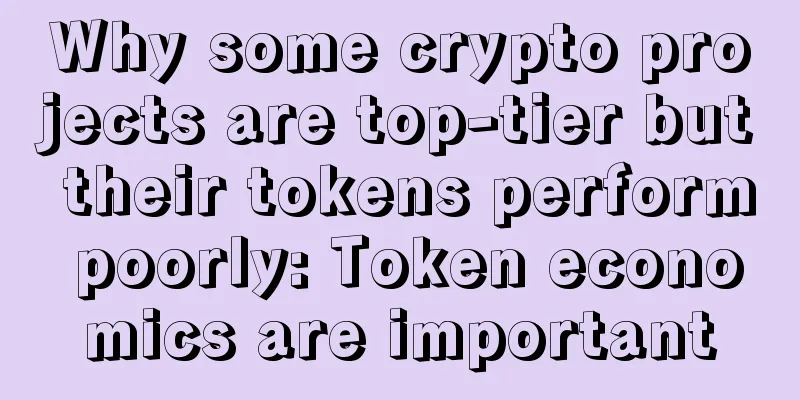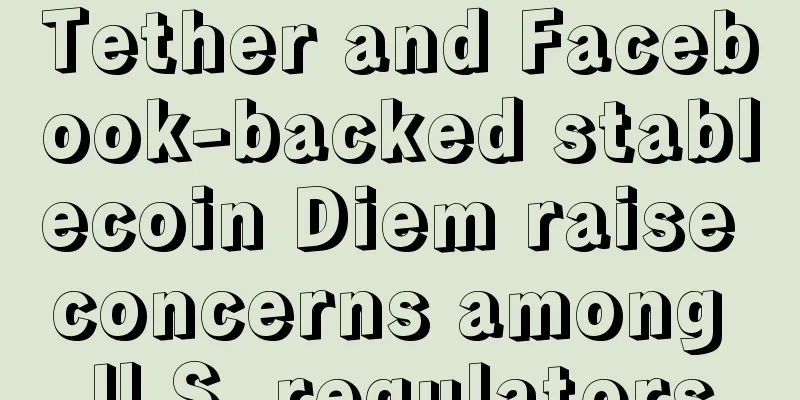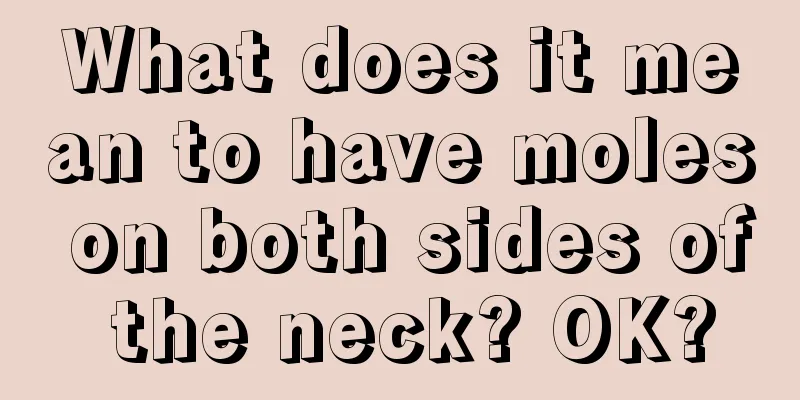Why some crypto projects are top-tier but their tokens perform poorly: Token economics are important

|
Why Token Economics Matter: Good token economics : 10,000% growth in one year. Poor token economics : down 90% in a year. In this article, I will publicly analyze all the secrets of token economics. I want to discuss an important topic here that can save you hundreds or even thousands of dollars. That is learning from other people’s mistakes. When I didn’t understand how token economics worked, I made some bad investments that are still down 80% from when I first bought them. Without understanding token economics, any investment purchase is nothing more than a bet on favorable price movements. That’s why it’s important to avoid blindly trading, or you could end up with serious losses! When evaluating potential investments, on the token page we can see: Market capitalization (MC) Fully Diluted Valuation (FDV) Circulating Supply Total Supply Each of these is critical to making an informed decision. Here’s why: These are called fundamental supply indicators. Having these metrics in hand can help you assess a coin’s potential. It is very necessary to understand the functions of various indicators and their impact on cryptocurrency prices. MC: Value of circulating supply in USD FDV: The value of the total supply in USD Circulating Supply: Tokens currently in circulation Total supply: all possible tokens in existence Next, we will discuss the three main factors that determine the launch and success of any token today: Factor 1: Token Distribution There are two allocation methods: Pre-mine — shared among early backers, team, and advisors Fair launch – everyone has an equal opportunity to buy In today’s market, most token distributions are done through pre-mining. If 50% is allocated to investors and 100% will have a TGE (Token Generation Event), investors may sell their tokens. Therefore, it is important to understand the following: TGE allocation Cliff period Vesting period The Token Generation Event (TGE) marks the moment when the tokens are officially released. TGE allocation refers to the proportion of tokens distributed among individuals, usually between 10-20%. Cliff is the initial span after the TGE, which is a pause period before the subsequent vesting begins. Vesting means gradually distributing a certain percentage of tokens every month. Factor 2: Assigning Receivers Common allocation recipients include: Airdrop · marketing Public offering (retail investors) Private equity (investors, KOLs, etc.) Ecosystem (staking, rewards, etc.) etc…… Recently, many projects have been adopting a strategy of a modest TGE (no more than 20%), followed by a cliff period of a few months, and a vesting period of more than a year. This approach is better suited to promote the long-term success of the project. It is very important to verify these details before investing. Factor 3: Demand On the other hand, the prosperity of any coin must rely on demand. This is what drives people to buy it. Take the US dollar as an example. Although it faces obvious inflation problems, people continue to buy it because it is indispensable for daily life. : Generally speaking, there are four major factors driving the demand for tokens: Factor 1: Community Support As seen in recent cycles, strong communities can significantly drive demand. For example, meme coins have surged in value simply because of community support. Factor 2: Store of Value Many people buy cryptocurrencies to store wealth, like investing in digital gold. Bitcoin is a classic example. Factor 3: Token Utility Tokens that provide a utility function tend to attract buyers. A simple example is staking, where holding a token provides a specific benefit. Factor 4: Value Creation People seek tokens that provide real value. Staking allows users to lock up their tokens and receive rewards periodically, which also benefits the network. In addition, holding tokens can receive rewards, airdrops, and other incentives from projects, benefiting all parties involved. Furthermore, no matter how high the demand is, it is crucial to understand who is holding the asset. Is it a strong community, or are there short sellers? This can be difficult to determine, as you need to engage with the project’s community and perform a careful analysis. But it is definitely worth it. Also keep this in mind: even if the token economics are terrible, the token price can still be very high, and vice versa. Keep this in mind! Welcome to the world of crypto, where even the most ridiculous things can come true. in conclusion: To avoid blindly investing in tokens you don’t need, always remember to consider the following factors: Total Supply and Circulating Supply · Allocation and allocation recipients Vesting period Distribution percentage · need After conducting a careful analysis, you will be able to determine whether a project is worth investing in. |
<<: The German government can no longer sell its currency? BTC may have reached a local bottom
>>: BTC and ETH market capitalization VS the seven giants of US stocks: Who is the winner?
Recommend
Data: The number of Bitcoin retail investors has grown steadily over the past five years, the number of whales has decreased, decentralization has continued to increase, and adoption has risen
Over the past three years, the number of addresse...
Is it good to have white eyebrows? What does it mean for a woman to have white eyebrows?
We all know that eyebrows represent nobility, for...
Verifying Storage on Filecoin | Proof of Replication PoRep
In the previous article, we discussed in detail t...
Your nails tell you whether you have good or bad luck
Your nails tell you whether you have good or bad ...
The 4.25 special session of the New Infrastructure Blockchain Summit ended successfully
From April 24 to 25, the "2021 New Infrastru...
Predict your health through the feel of your hands
Predict your health through the feel of your hand...
Is it good to have eyebrows of different heights? Analysis of facial features of a woman with one high and one low eyebrow
In life, we see that some people have one eyebrow...
Like to talk about other people's appearance
It is said that we should be careful when speakin...
Judging marriage and emotions from a woman's face. Are your marriage and emotions going smoothly?
We all say that marriage is the grave of love and...
What does a mole on the back mean?
In physiognomy, moles play a very important role,...
The reason why noble people have no noble ears
There is a proverb in our country that says: A no...
Is it good for a woman to have a high nose bridge? A woman with a high nose bridge brings good luck to her husband.
The human nose occupies the center of the entire ...
Facial features of a good wife and mother
Every man hopes to have a virtuous wife and filia...
A mole on the nose indicates a risk of bankruptcy.
What does a mole on the nose mean? Everyone has a...
What kind of people with palmistry are prone to playing both sides?
One needs to be consistent in one's attitude ...









